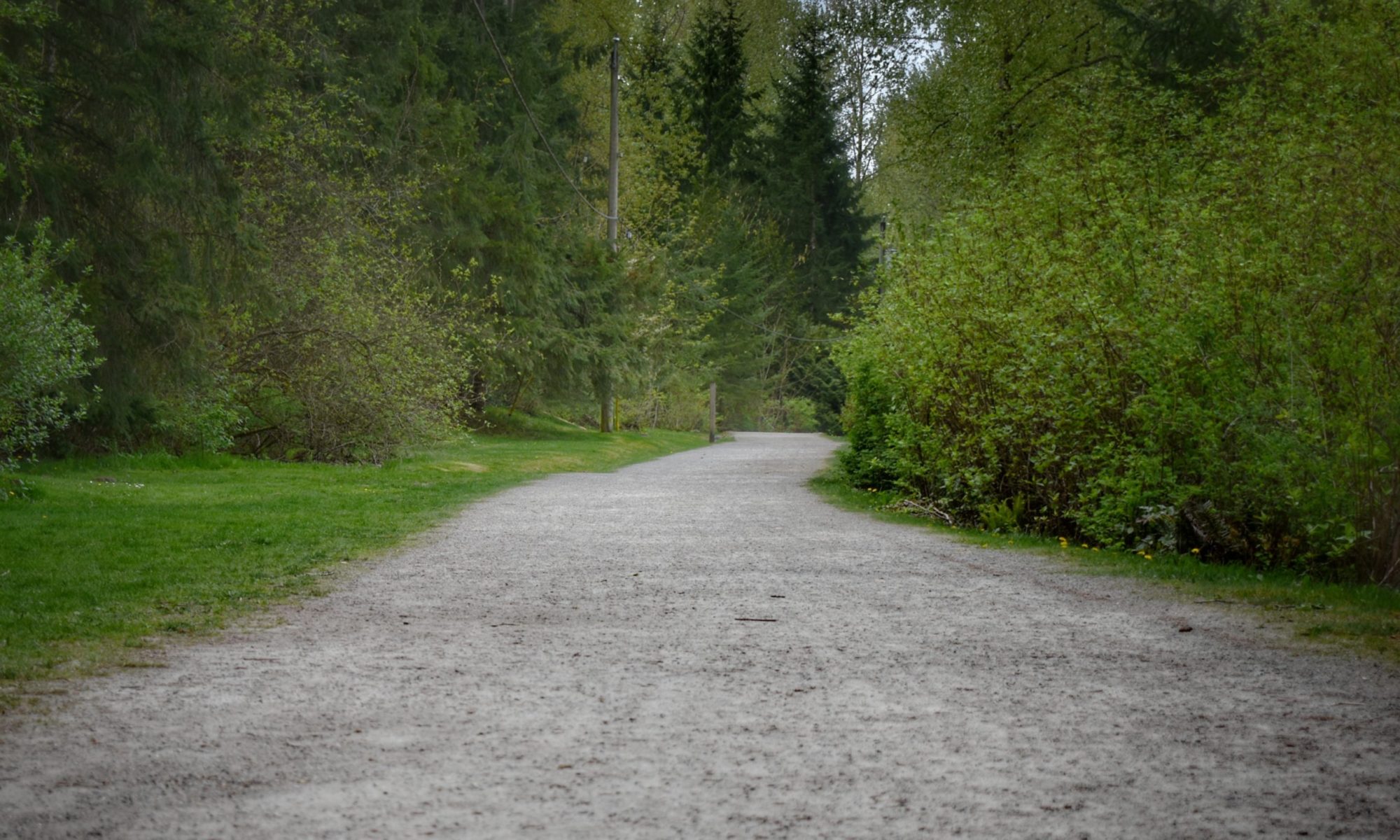
In this article I would like to explain what gets me most excited about cranio; why it has helped me so much; why I work hard to make a career of this; and why I want to share it with you.
Most of my life I have struggled with mental health; struggled to internally self-regulate. I projected an outward calm while inwardly doing everything I could to try and feel calm. I mostly had a handle on it until my late twenties. I was happy to give birth, but didn’t know how to integrate the bodily trauma and everything else that came up around it. Within months I came down with an autoimmune disorder, experiencing extreme exhaustion along with many physical symptoms. My family also started dealing with allergies, sensory integration, gut issues, and behavioral issues with our little one.
I’ve always been curious about health – both mental and physical. Engaging in lots of random readings, asking questions, I was always looking, listening, soaking up information, and wondering what worked for people and why. This was especially the case as health issues came up for my family. Starting with treating on a physical level, I eventually threw myself into learning how our bodies heal through profoundly being seen, heard, and met through the presence and empathy of another human being. In psychology this is called attachment theory. Babies learn to regulate their internal nervous systems by following the nervous systems of the adults around them. As babies grow, their inner worth consolidates as they continue to connect with others but realize they are in fact separate beings. This process can be interrupted at any stage for various reasons, leaving internal self-regulation spotty. The good news is internal regulation can still happen in an interrupted adult body system.
Researching, working through, and supporting my own and my family’s health with the support of various healthcare professionals has taught me so much. I attended groups learning about anxiety and aggression in children. And then, when I took my Biodynamic Craniosacral Therapy training, I was blown open once again, learning so much about myself and others. Continuing my education, I took BCST postgrads “Advanced Cranial & Relational Skills for Families” and “Somatic Psychology and the Potency of the Psyche”. Results for me and my family have been deep. I feel more internally regulated, moving between different feeling states in my nervous system with more ease. Simply put, I feel a wide variety of feelings, knowing I’m ok. My partner has less chronic pain and less headaches. Our child has integrated a lot of issues they dealt with as a little one.
All of this has given me tools and presence to work with people on a somatic level as they work through emotional processes in their mind/body. This work brings me joy and so much excitement! BCST (cranio) is a place you can come and leave judgement at the door. For when your body feels safe and seen in its deep layers, the body response is to open and engage in healthy ways of moving, being, feeling, and interacting.
Written By: Naomi Chuah, RCST BCST


 Being a Mom was what first brought me to biodynamic craniosacral therapy. Years ago, our family had experienced multiple health and sensory challenges with our little one. We had tried a lot of alternative therapies, and I think a lot of them did help in different ways. I had heard about cranio, and put it off. Finally trying it, I remember our little one’s second appointment. The therapist asking if anything had changed. I was surprised. Less itching, better breathing. Anyone dealing with allergies knows this is a big deal. Later we noticed more behavioral regulation. Also a big deal. Then I tried it for myself. I was hooked. Becoming a practitioner changed me, my relationship with my own body and my ability to go in and out of differing nervous system states with more ease. And last but not least, my ability to feel good. I believe change is possible. It doesn’t always look how we think it will, but I believe it is possible for ourselves and our little ones to come into more ease.
Being a Mom was what first brought me to biodynamic craniosacral therapy. Years ago, our family had experienced multiple health and sensory challenges with our little one. We had tried a lot of alternative therapies, and I think a lot of them did help in different ways. I had heard about cranio, and put it off. Finally trying it, I remember our little one’s second appointment. The therapist asking if anything had changed. I was surprised. Less itching, better breathing. Anyone dealing with allergies knows this is a big deal. Later we noticed more behavioral regulation. Also a big deal. Then I tried it for myself. I was hooked. Becoming a practitioner changed me, my relationship with my own body and my ability to go in and out of differing nervous system states with more ease. And last but not least, my ability to feel good. I believe change is possible. It doesn’t always look how we think it will, but I believe it is possible for ourselves and our little ones to come into more ease.